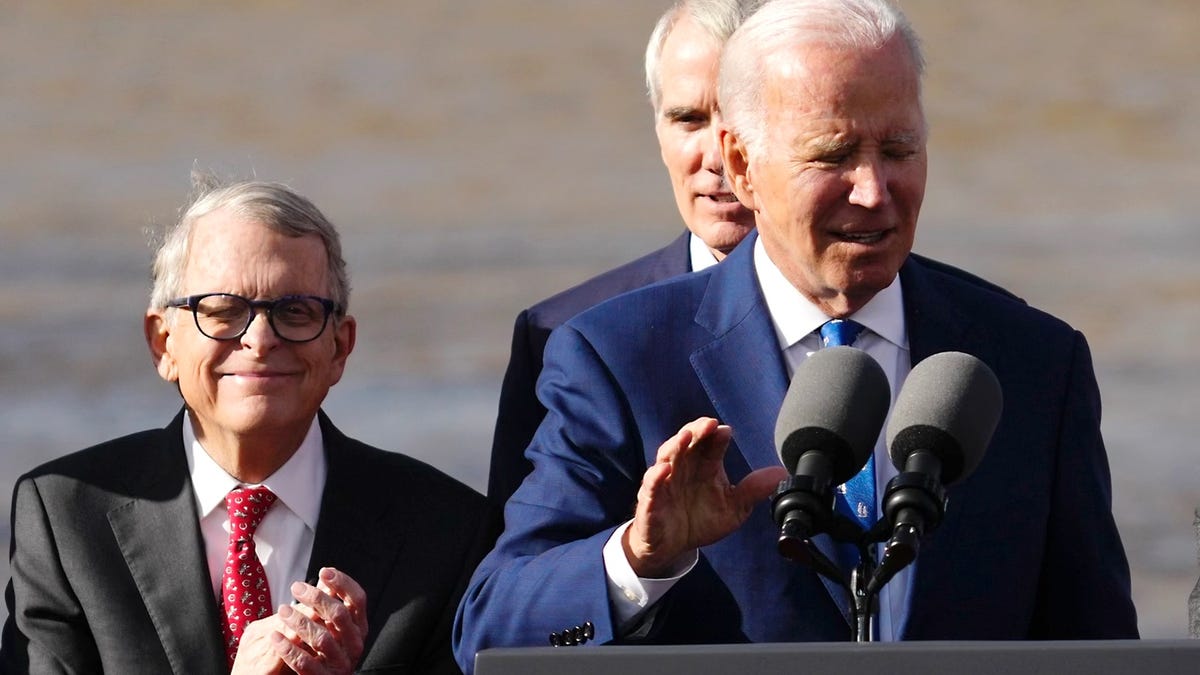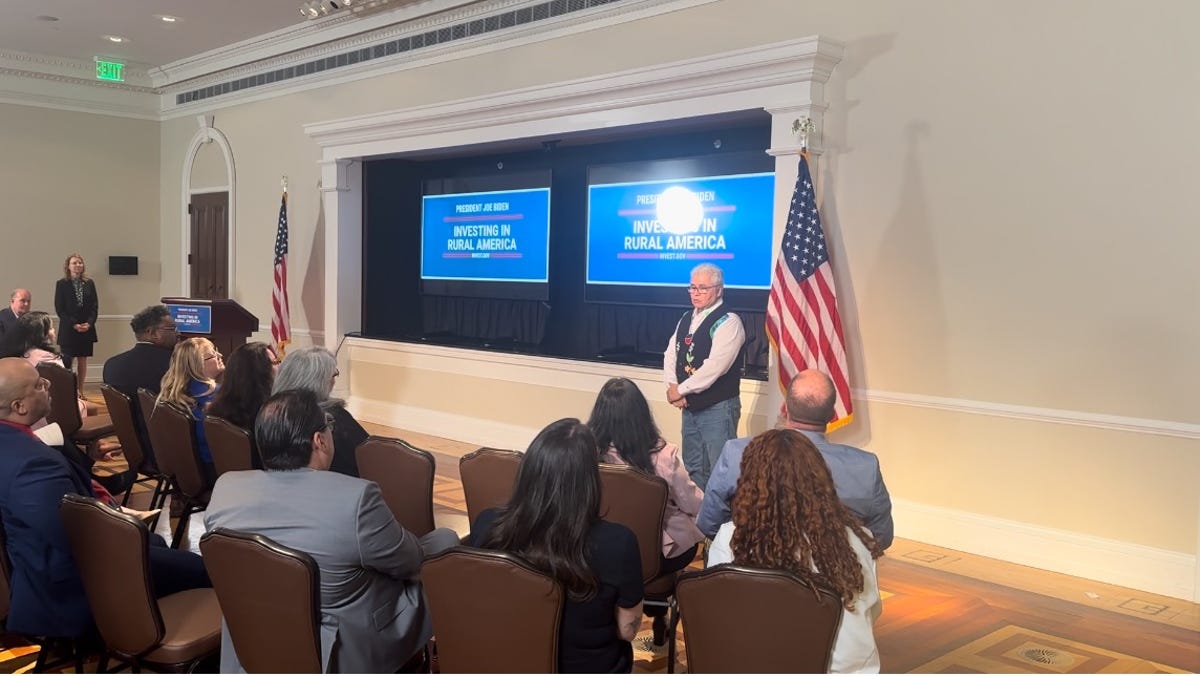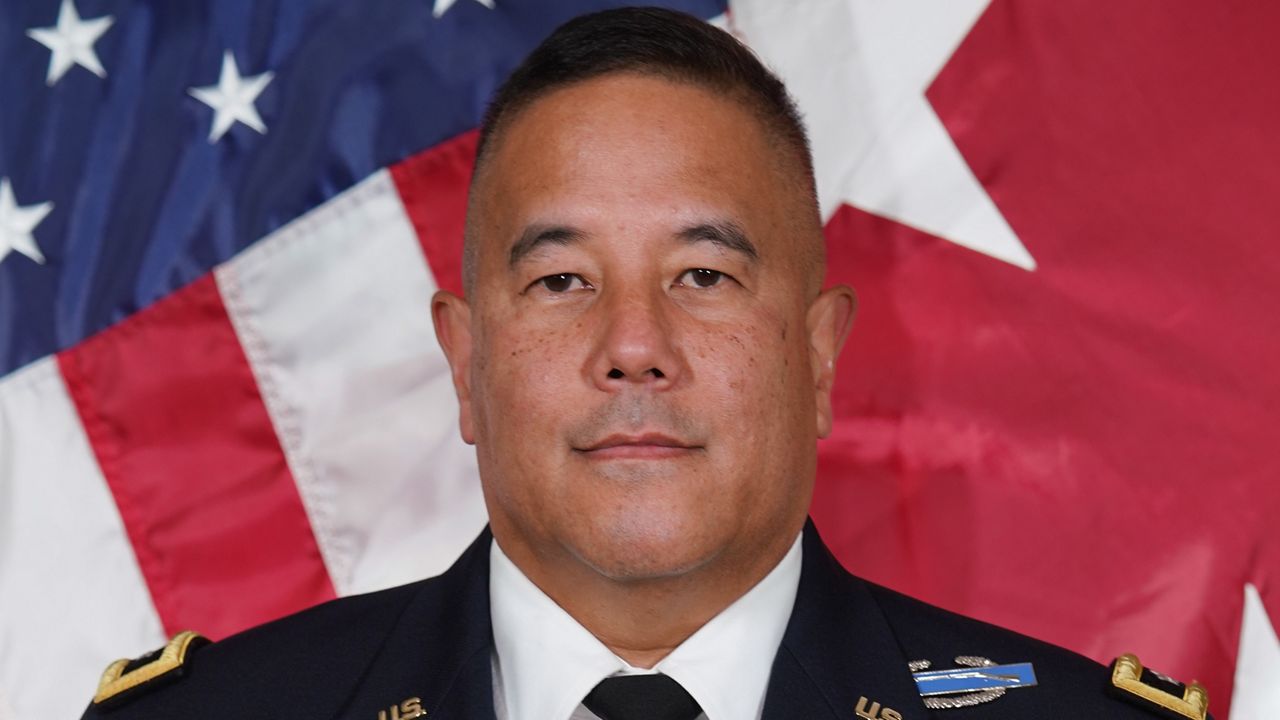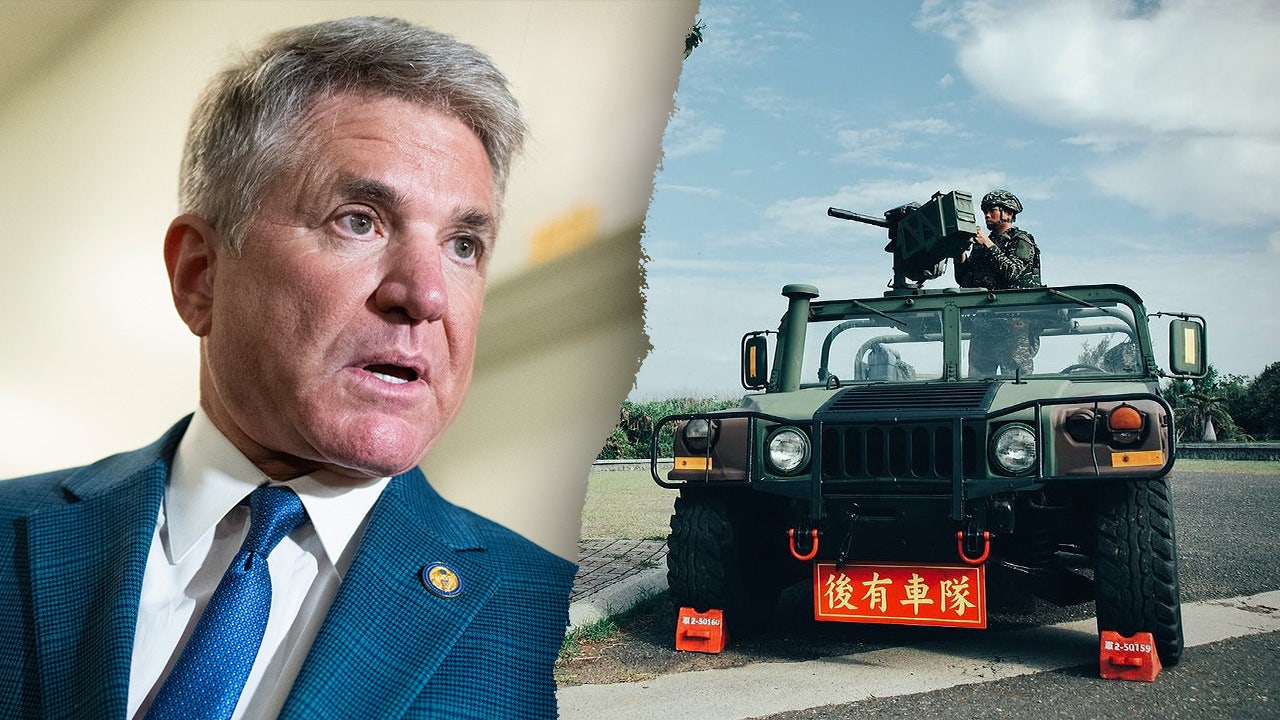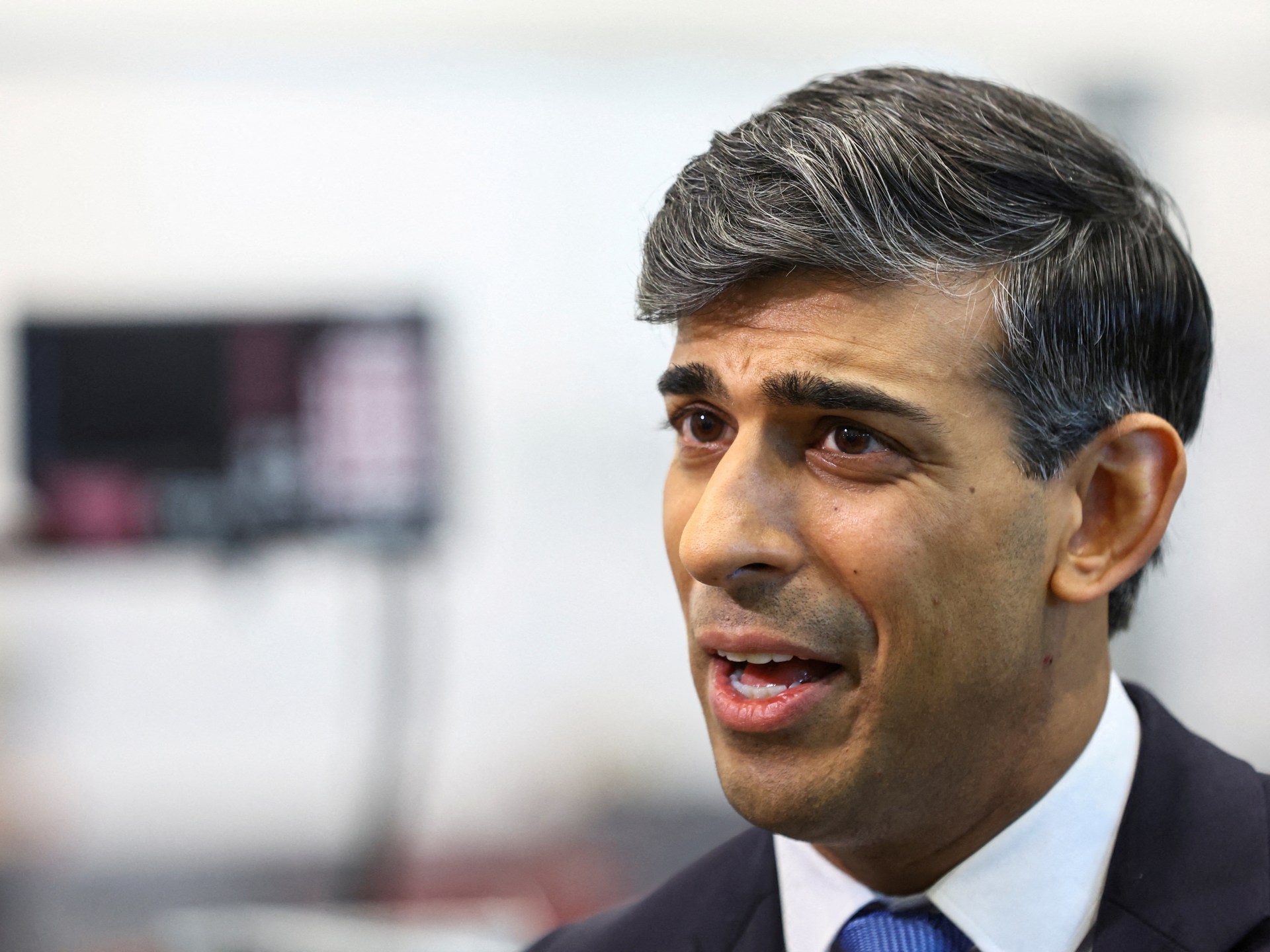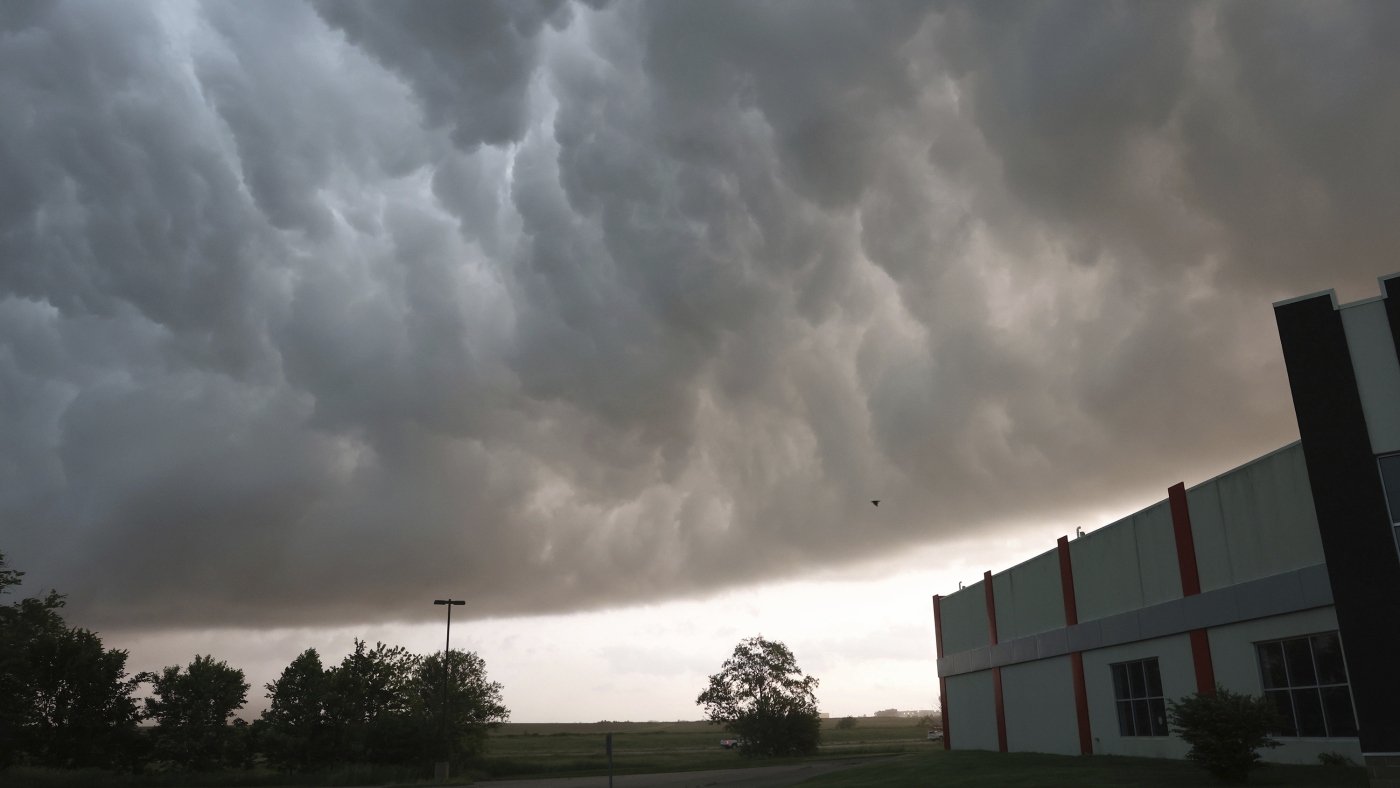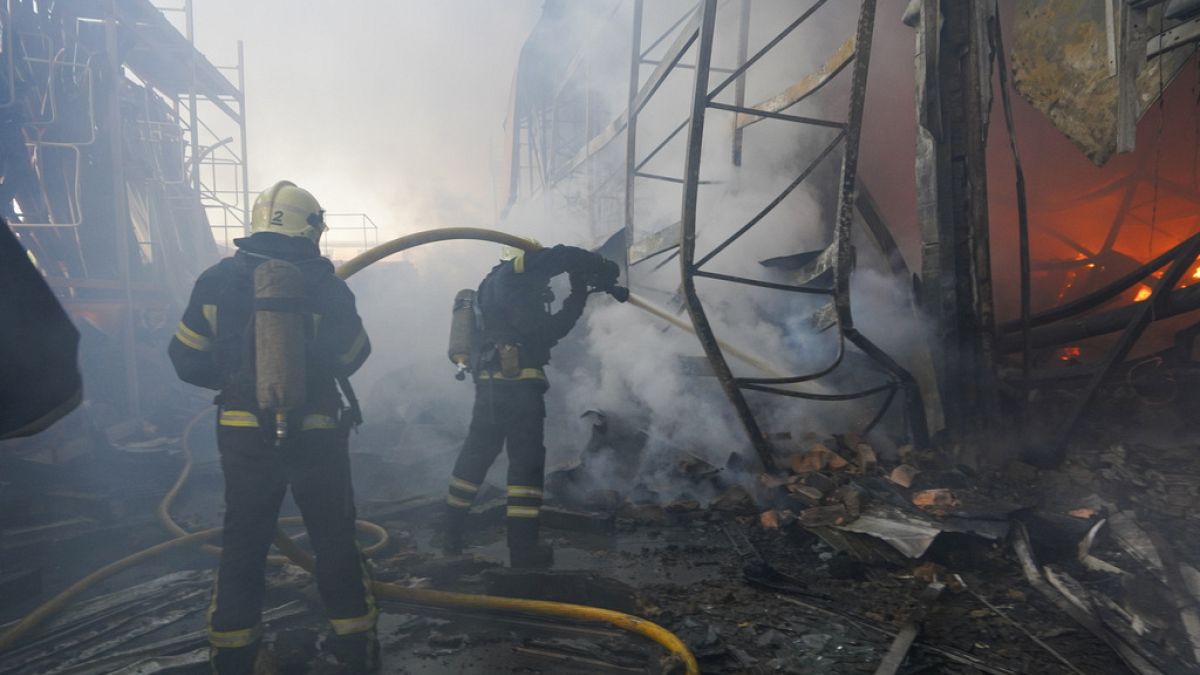I spent last week in Hawaii. Before you get too jealous, it was a work trip, and I never got my feet wet. It was an excellent, informative and sobering trip and not entirely devoid of pleasure.
I have been part of the National Oceanographic and Atmospheric Administration’s (NOAA) Tsunami Science & Technology Advisory Panel (TSTAP) for nearly two years. One can’t write about NOAA without acronyms, so please bear with me. In 1997, NOAA established a Science Advisory Board (SAB) with a responsibility to provide advice in the areas of research, education, resource management, and ocean hazards.
The Science Advisory Board is composed of experts outside of the NOAA organization — from academia, industry, and other government organizations. The SAB currently has five Working Groups — on Climate, Data Management, Ecosystems, Environmental Information, and Tsunamis.
Our tsunami group is small — eight voting members plus NOAA and USGS liaisons. Our focus is the end-to-end tsunami alerting system. That means we look at all aspects from detection of the tsunami source to analysis, dissemination, partners’ response and how everyone in harm’s way reacts. We listen to experts talk about modeling, new detection and analysis systems, social scientists who study messaging and evacuation behaviors, and everything in between. We don’t have money to dole out but report our findings on gaps, weaknesses, and strengths directly to NOAA.
Most of our meetings are remote and online but once a year we meet in person. Last year we convened at NOAA’s Pacific Marine Environmental Laboratory where the tsunami research program is housed. This year was Hawaii with visits to the Pacific Tsunami Warning Center (PTWC), the Hawaii emergency management group, tsunami scientists at the University of Hawaii, and other organizations with tsunami responsibilities.
On Monday before our formal meetings started, I did a day trip to Hilo with Rocky Lopes, another TSTAP member and someone I have worked with for decades. I first met Rocky when he headed the Red Cross preparedness program. His research on what motivates people to take preparedness actions has always been a pillar of our outreach efforts on the North Coast. Fear is a poor motivator, give people the how-tos in a clear and positive way.
We were met in Hilo by two more long-time colleagues, Cindi Preller and Walter Dudley. Cindi is the director of the Pacific Tsunami Museum who I met decades ago in her various roles in NOAA’s tsunami program. Walt was a founder and now board president and scientific advisor to the museum.
The Pacific Tsunami Museum was founded in 1994 with the aim of preserving memories of past tsunamis. At the time, many of the survivors of the 1946 and 1960 tsunamis were aging and their recollections of what happened were in danger of being lost forever.
At first glance, preserving memories might seem like a thin premise on which to build a museum. Personal stories are more important than you might think. They provide evidence as to what happened in past tsunamis and fill out important details that water height measurements can’t depict. We learn about sideways surges and how the tsunami traveled over complex terrain. We also learn the human side — what triggered people to take action and what they did — critical data about evacuation behavior.
Stories are one of the most effective education tools for tsunami awareness and preparedness. Most of the accounts the museum highlights are from ordinary people, including children to the elderly. These stories bring immediacy to the moment and convey that it doesn’t take superhuman efforts or special skills to be a survivor. Knowledge and taking quick action are key.
In the 30 years since its founding, the museum has gone far beyond the original scope. It features exhibits on Hawaii’s tsunami hazards and what areas are at risk. It has become a hub for community outreach programs and training the next generation in not only safety precautions but how to become spokespeople themselves.
Field trips are central to the museum’s activities and Walt gave us an abbreviated version. One only has to step out the front door for sites of what happened in 1946 and 1960, the deadliest and third deadliest tsunamis in U.S. history. Walt has loaded images on a tablet and at each field trip spot can compare the view of today to what it was like in the immediate aftermath of a tsunami.
The most memorable stop was Laupahoehoe Point, about a 40-minute drive north of Hilo. In 1946, it was the site of a small fishing village and a school. The teachers lived in cabins in front of the school adjacent to the coast. Children were beginning to arrive on the morning of April 1, 1946, when a series of surges quickly overtook the school. There was no tsunami warning system at the time and the earthquake that caused the tsunami was in the Aleutians, too far away for anyone to feel.
When the seas finally subsided, 24 students and staff of the school had perished. All of the Hawaiian Islands suffered damage. Hawaii was the hardest hit with 96 deaths. The final toll in the Hawaiian Islands was 159, the highest domestic tsunami casualty number in U.S. history.
Standing where the school once stood brings meaning to those statistics. There is a stone memorial with the names of the victims. Interpretive signs include their photographs and pictures of the school grounds before and after. Laupahoehoe brings focus to our TSTAP efforts. In 1946, seismographs detected the earthquake within minutes of its occurrence. But there was no system to rapidly determine size and location, analyze if it posed a tsunami threat, or send messages to those staff and students at the school before waves arrived. And had a message been sent, would it have been understood?
We spent the rest of the week in meetings with Pacific Tsunami Warning Center personnel, and other agency representatives with response and research responsibilities. A tsunami tragedy at Laupahoehoe won’t be repeated as the school has been moved to high ground. But there are far more people living, working, and vacationing in harm’s way today than in 1946 and even with a timely warning, getting everyone to safe ground is a daunting task. The ghosts of Laupahoehoe are in my dreams and scream that we better figure out how to do so.
Note: See https://tsunami.org/qrcodes/laupahoehoe/ for more on what happened at Laupahoehoe.
Lori Dengler is an emeritus professor of geology at Cal Poly Humboldt, an expert in tsunami and earthquake hazards. Questions or comments about this column, or want a free copy of the preparedness magazine “Living on Shaky Ground”? Leave a message at 707-826-6019 or email Kamome@humboldt.edu.


/cloudfront-us-east-1.images.arcpublishing.com/gray/5KUIRJ3RJZFJRD52L725YH5GIE.png)


